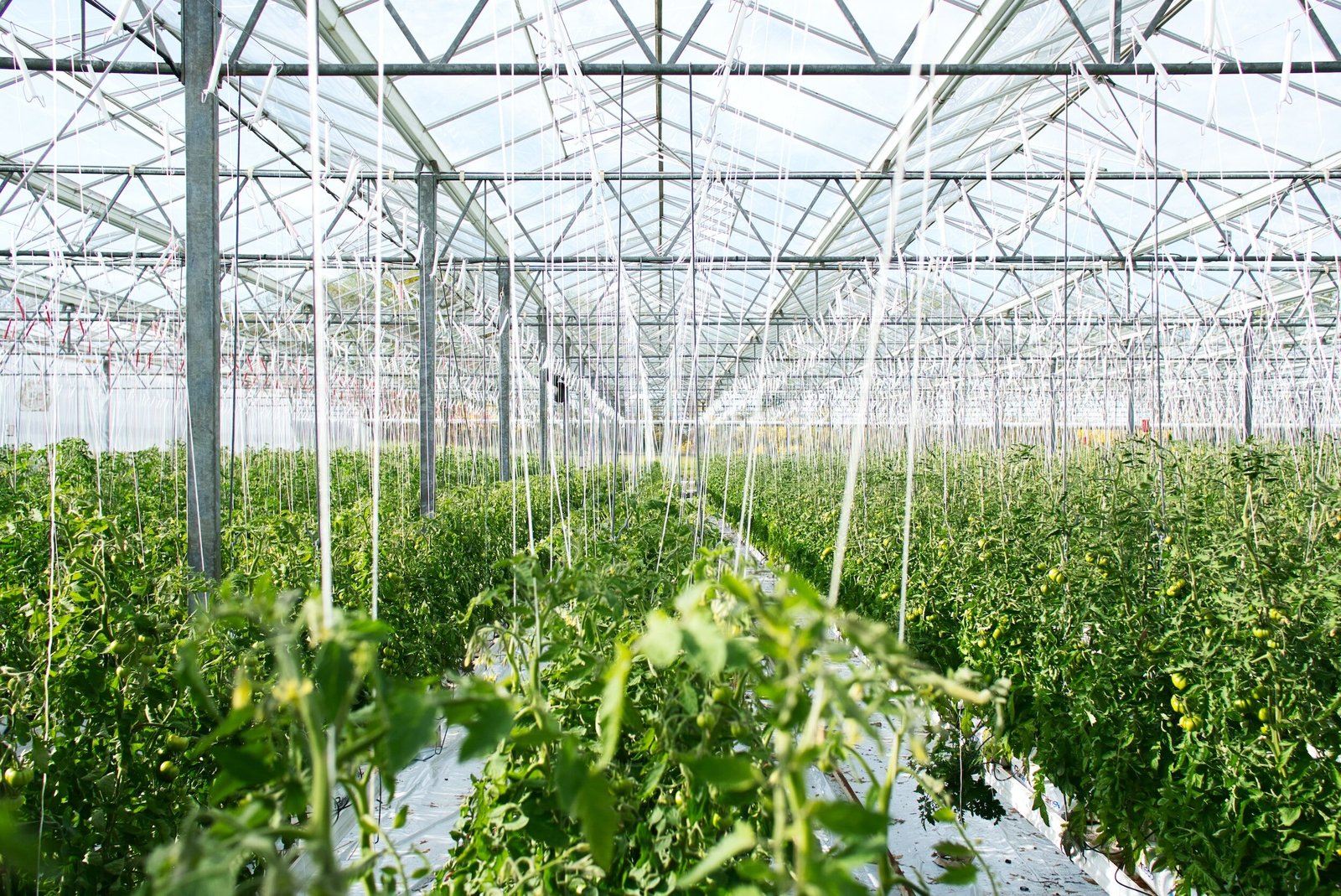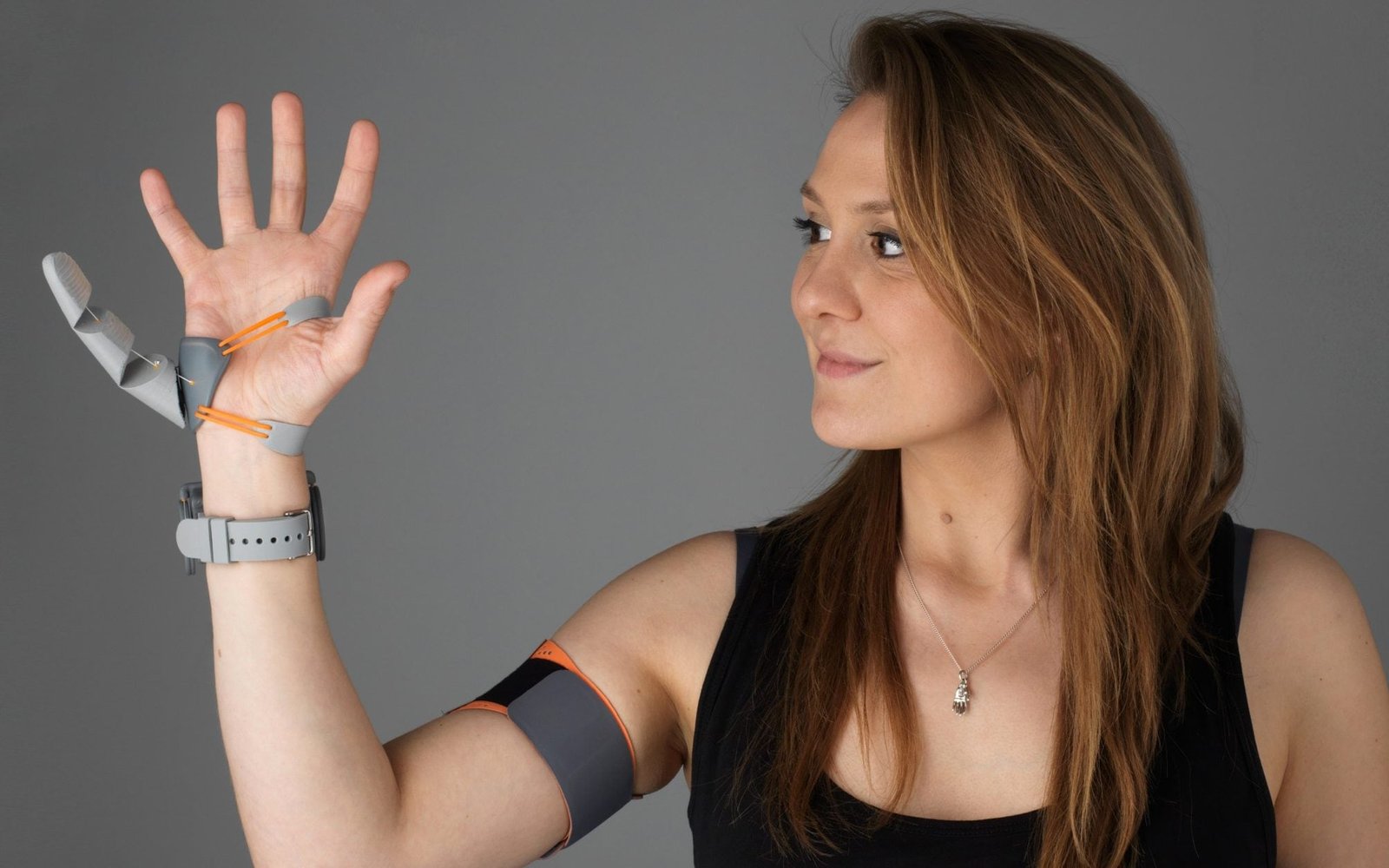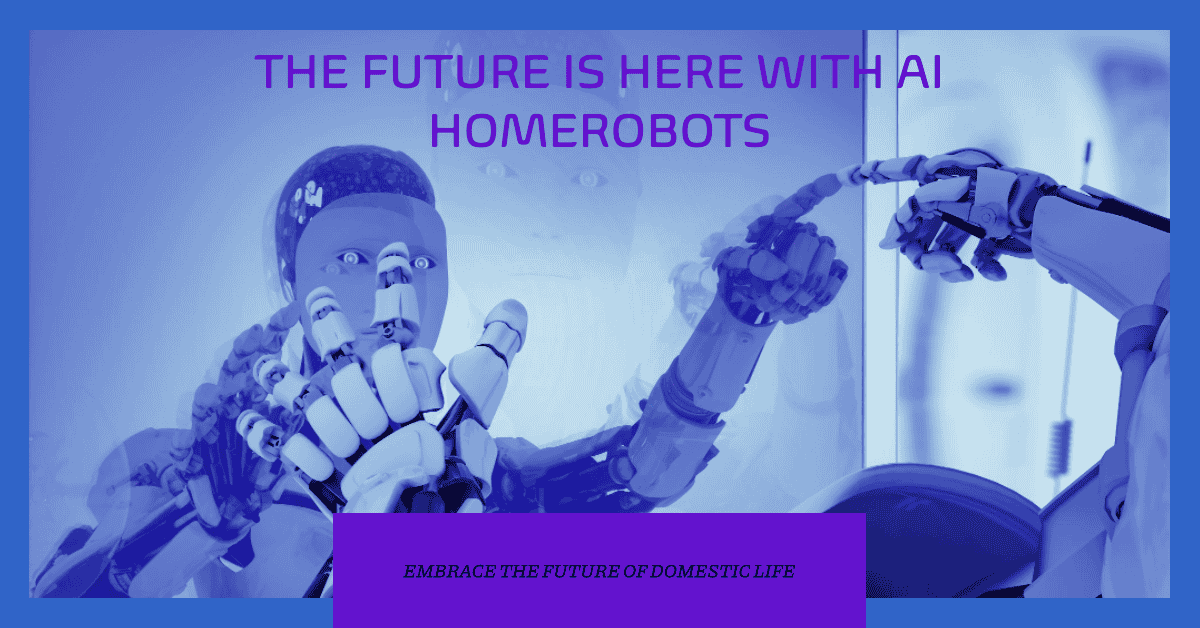Robotic Bees May Help Vertical Farms At the moment and Astronauts Tomorrow

In vertical farming operations, synthetic lights and synthetic intelligence coax vegetation, stacked densely on towering cabinets somewhat than unfold over a area, to develop indoors with minimal human intervention. That’s the objective. However regardless of lofty guarantees of bringing recent produce to native markets, these techniques haven’t but offered a climate-friendly option to feed the world’s rising inhabitants. Can robotic “bees,” a buzzy know-how straight out of science fiction, rescue these high-tech operations?
The world’s first business vertical farm opened in Singapore in 2012. Extra companies cropped up within the following years, with main gamers akin to Infarm and AeroFarms securing a whole bunch of hundreds of thousands in funding over the subsequent decade. With the assistance of sustainable techniques akin to hydroponics, in addition to synthetic intelligence to intently monitor plant progress and water utilization, some corporations and consultants declare these futuristic farms may sort out international meals insecurity—with out the huge land and water footprint of standard operations.
These farms “have the potential to contribute a significant quantity to our diets,” says Thomas Graham, who researches managed setting agriculture on the College of Guelph in Ontario. And corporations can place them almost wherever.
Many vertical farms’ hopes have dried up over the previous 12 months, nevertheless. Latest inflation and worldwide skyrocketing vitality costs, fueled by Russia’s invasion of Ukraine, rendered these farms’ near-constant electrical energy demand unaffordable. This previous fall Infarm introduced it was shedding greater than half of its workers, and AeroFarms just lately filed for chapter. In the meantime different vertical farm ventures are additionally going through monetary challenges.
It doesn’t assist that vertical farms at the moment have a restricted vary of choices; most develop solely greens akin to lettuce and herbs as a result of they use low quantities of water and are comparatively simple to domesticate indoors by way of hydroponics due to their speedy improvement. “A few of the work we’re doing is shifting previous simply leafy greens,” Graham says. “You’ll be able to’t feed the world on lettuce.”
To actually tackle meals insecurity, vertical farms should increase their choices, and which means discovering a option to convey pollinators into high-tech indoor farming operations. Round one third of the crops we eat require pollinators akin to bees and bats to develop. It’s tough to get the job completed in a vertical farm as a result of domesticated honeybees, one of the well-liked pollinators for business growers, have hassle navigating below synthetic gentle, and pollinating by hand is extraordinarily time intensive and thus costly. To unravel the issue, researchers have been engaged on robotic pollinators for greater than a decade. However such pollinators have solely just lately made their option to universities and business operations.
Bee Bots to the Rescue
Bots aren’t new to farms. Because the mid-Twentieth century researchers have explored methods to automate agriculture, together with tractors with automated steering. By the Nineteen Eighties and Nineties, engineers had begun tinkering with task-specific units akin to a robotic melon harvester and tomato-picking robots. Firms are actually creating autonomous bots to reap a wide range of produce, and a few units may accomplish further duties, together with weeding, pesticide spraying and illness monitoring. Synthetic intelligence helps most of those instruments set up and course of data from their onboard sensors—typically multispectral cameras, which might choose up on variations within the forms of gentle mirrored by vegetation. These variations present clues a few crop’s well being, akin to ripeness in fruit or indicators of injury.
Though most agricultural-machine analysis nonetheless focuses on produce-picking bots, extra groups are actually aiming to automate pollination as nicely, says Mahla Nejati, a analysis fellow on the College of Auckland in New Zealand, who works on farming-oriented robotics and AI techniques. For her Ph.D. mission, Nejati developed the pc imaginative and prescient system for an autonomous kiwi- and apple-picking bot designed for orchards. Finally, her colleagues had a revelation: as a result of they have been already selecting robotically, it could have been “higher to have began earlier with the pollination,” Nejati says.
Now scientists and companies all over the world are grappling with the most effective methods to design and implement robo pollinators. This isn’t a easy process, says Yu Gu, a roboticist at West Virginia College, who’s creating a six-armed pollinating machine known as the StickBug. To construct extensively useable pollinators, “I believe it’s an enormous drawback that there’s so many forms of flowers and so many forms of agriculture settings,” he says.
Some researchers have carried their work outdoors of academia and into the market. Siddharth Jadhav, who beforehand studied drone aerodynamics on the Nationwide College of Singapore, based an organization known as Polybee in 2019. He and his colleagues adapt extensively accessible mini drones for numerous forms of indoor agriculture operations, together with vertical farms and greenhouses. Polybee’s AI-powered software program instructs drones outfitted with coloration digital camera sensors that measure key traits for growers to fly close to vegetation. Then the drones fastidiously disturb the air round them to vibrate flowers when the situations inside greenhouses (akin to temperature and humidity) are optimum for pollination, Jadhav says. This exercise shakes the pollen out of the flower and kicks off the fertilization course of.
Polybee at the moment sells its pollination system to business tomato greenhouses in Australia. (In contrast with many different meals crops, tomato pollination is comparatively easy as a result of the vegetation’ flowers have each female and male elements.) The staff has additionally run trials with indoor vertical farming corporations, Jadhav says, though “we wouldn’t have many business vertical farms that develop fruit crops at scale but.”
An Israel-based firm known as Arugga additionally sells bots to tomato greenhouses. Its roving floor robotic, aptly named Polly, strikes between rows of vegetation and blasts pulses of air to immediate pollination. The method is generally autonomous. For now, nevertheless, human operators should transfer Polly between rows by working a pill. Arugga could ultimately delve into vertical farming however provided that that market turns into extra worthwhile, says Eytan Heller, the corporate’s co-founder and vp of enterprise improvement.
Nonetheless, if robotic pollinators do pan out for vertical farms, they might provide a number of benefits. For one, they might scale back infections between vegetation as a result of bees can unfold ailments that trigger main injury to farms. For greater than twenty years, scientists all over the world have instructed that bumblebees can unfold viruses to beforehand uninfected tomatoes that may render them unsellable. Commercially developed bees deployed in greenhouses may slip outdoors and infect wild bees close by, that are already experiencing a speedy decline that’s largely linked to elements akin to local weather change, urbanization and pesticide use. That is particularly damaging for the vegetation that depend on these out of doors pollinators as a result of they’ll’t fall again on their very own mechanical substitutes. Based on Nejati, bots carry out finest indoors, the place they’ll transfer round extremely structured environments and keep away from unpredictable climate and temperatures.
What’s Subsequent for Robo Bees
Whereas Polybee and Arugga declare they’ve received the tomato pollination recreation down pat, they’re nonetheless engaged on modifying their merchandise to work with different forms of vegetation. Polybee is at the moment operating trials with strawberries, and Arugga says its instruments will be adjusted to work with loads of different crops, akin to strawberries and blueberries.
However every plant comes with its personal complexities, Gu says. Whereas Arugga plans to make use of its pulsing-air methodology for numerous forms of fruit, Gu and his colleagues have discovered that sure varieties could require direct contact with robots, much like the pure methodology carried out by bees. After collaborating with a spread of consultants, together with entomologists and horticulturalists, he thinks that some forms of berries, for instance, probably profit from contact-based pollination. Graham agrees that sure berries in all probability would profit from direct interactions with robots, maybe small drones.
Whatever the fruit, bots must work gently to keep away from damaging flowers, which are typically delicate. Gu compares the pollination course of to “robotic surgical procedure” and says that, for now, the drone airflow methodology will probably be restricted to working with a number of vegetation without delay somewhat than people. “The crop that wants precision pollination [is] disturbed by the airflow,” he says. “It’s tough to function that exactly.”
Even when robotic pollinators rescue vertical farms from obsolescence, it’s unlikely that any kind of indoor agriculture can totally substitute the fields people have relied on for millennia. However he means that vertical farms may complement out of doors crops with out taking on an excessive amount of area. As an example, they are often constructed on deserted items of land. “It is a complementary method of doing issues,” Graham says. “We have to rethink agriculture within the face of local weather change and inhabitants progress, however [vertical farms] shouldn’t be checked out as aggressive—as a result of they’re not.”
Vertical farms may moreover assist one other location that’s quick on pure assets: outer area. Graham, who additionally researches meals manufacturing on the ultimate frontier, says robotic pollinators might be notably useful on this setting. Whereas scientists already plan to convey residing bugs to area to work as pollinators and to eat waste, the bugs’ steel counterparts would probably reside longer. (“Employee” bumblebees solely survive for just a few weeks.) Astronauts may even 3-D-print these instruments off-planet.
“Area is a neat area as a result of nothing is de facto off the desk,” he says. “It’s all into consideration, and finally—like most issues—[space farming will] in all probability be some form of hybrid.”



